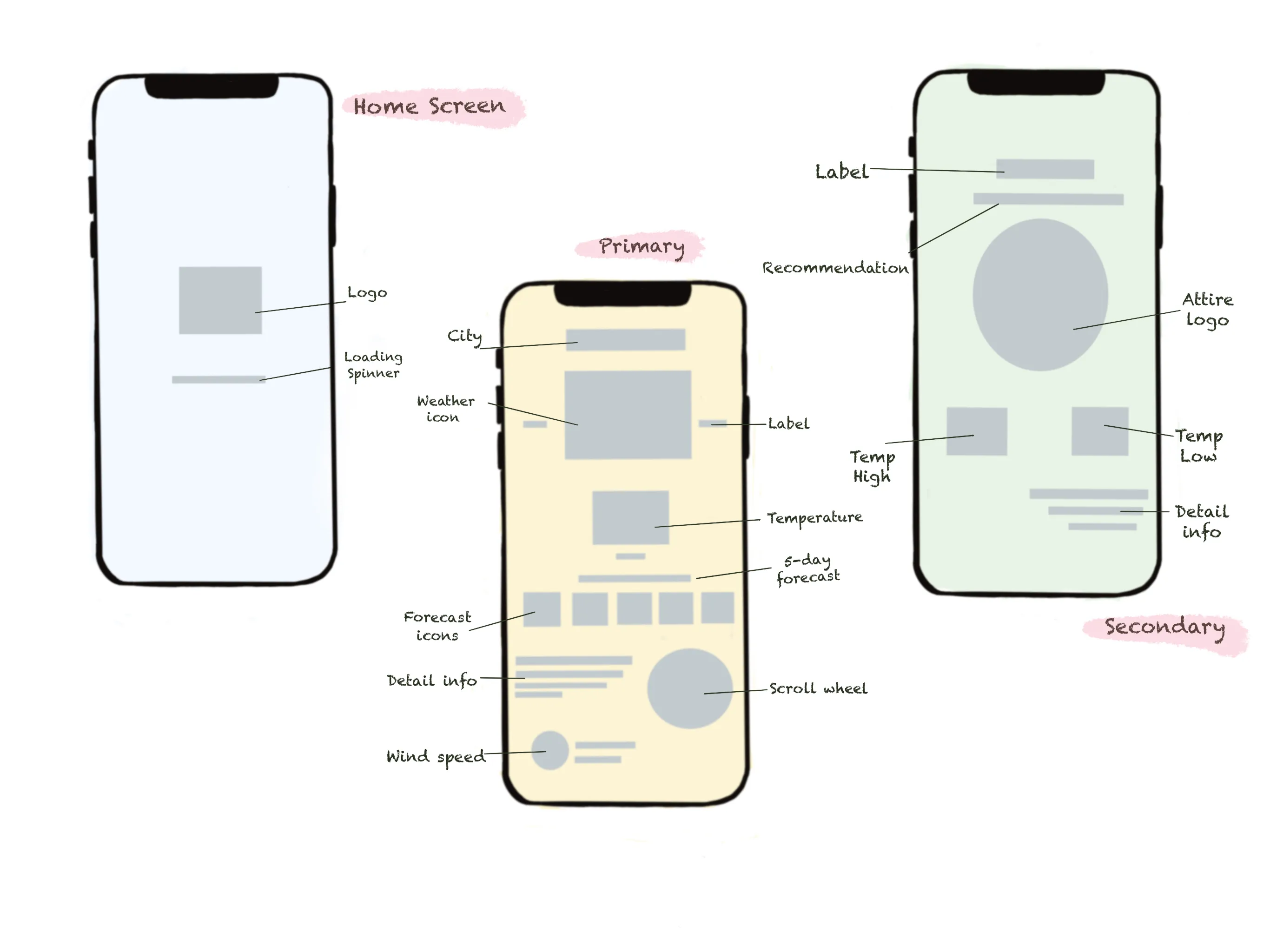Weather App API
Embarking on a journey of exploration and learning, this personal project revolves around creating a dynamic weather application using Python and diving into the intricacies of API development, with a focus on the Open Weather API.
Background & Purpose
Embarking on a phased journey of exploration, this project is envisioned as a multi-stage endeavor to unravel the synergy between APIs and Python in crafting a personalized weather application. In the initial phase, the focus lies on developing a custom API from scratch, utilizing the Open Weather API as a foundational step. This deliberate approach allows for a deep dive into API intricacies, data retrieval, and processing.
As the API phase concludes, attention will shift to the second stage — the frontend design of the weather application. This phase aims to leverage Python's versatility for creating an intuitive and visually appealing user interface. User experience will be prioritized, with elements such as location input, data visualization, and customization options taking center stage.
The final culmination of this phased approach will be the creation of a fully customized weather app, seamlessly integrating the backend API with a thoughtfully designed frontend. The app will not only provide accurate and real-time weather information but also stand as a testament to the cumulative learning acquired throughout the project. Motivated by a genuine curiosity for technology and meteorology, this phased exploration seeks not only to comprehend the technical intricacies of APIs and Python but also to showcase the evolution from foundational API development to the creation of a comprehensive, user-centric weather application. The project unfolds as a deliberate and iterative process, highlighting the transformative potential embedded in each phase.
Design Process
Discover
Understand the problem space, project goals, and user needs:
- Research existing weather applications and APIs.
- user preferences and expectations.
- Explore the capabilities and limitations of the Open Weather API.
- Gather insights into the technical requirements and challenges.
Define
Clearly define the scope, features, and constraints of the weather app project.
- Specify the core functionalities of the app.
- Define user requirements, including preferred locations, units, and additional features.
- Set constraints, such as the use of specific technologies or frameworks.
- Identify potential risks and challenges.
Ideate
Generate creative solutions and explore different approaches.
- Brainstorm ideas for the backend API architecture.
- Explore various Python libraries and frameworks for both the backend and frontend.
- Consider different ways to visualize and present weather data.
- Generate ideas for user interaction and customization.
Design
Develop detailed plans for both the backend API and frontend UI.
- Design the API structure, endpoints, and data flow.
- Plan the user interface layout and navigation.
- Choose the technology stack for backend and frontend development.
- Create wireframes or prototypes for the app's screens.
Review
Evaluate the proposed designs and gather feedback.
- Conduct a review of the API design, ensuring it aligns with project goals and technical requirements.
- Review the user interface designs for usability and aesthetics.
- Share the proposed designs with stakeholders or potential users for feedback.
- Iterate on the designs based on the feedback received.
User Flow Chart

Initial Planning & Concept
Embarking on this personal project, my primary objective extends beyond the mere creation of a weather app; it is a strategic exploration into the intricacies of API integration and Python application development. The overarching goal is to build a practical understanding of how APIs and Python can collaboratively create impactful applications, enhancing my programming skills in the process. Rigorously testing the custom API in Postman ensures its reliability and functionality under various scenarios, contributing to the project's robustness.
Having solidified the API foundation, the next logical step involves seamlessly integrating UI components into the weather app. This phase centers on designing an intuitive and visually appealing interface using Python, aiming to create a user-friendly platform for accessing real-time weather data. As the project progresses, the focus remains on continuous learning, experimentation, and the pragmatic fusion of API and Python capabilities.
This project represents more than a conventional development venture; it is a methodical journey of skill enhancement and technical exploration. Emphasizing continuous improvement, the joy derived from crafting a meaningful solution arises from the practical integration of API and Python functionalities. This project stands as a testament to the belief that the process of creation is as significant as the end result, offering an in-depth exploration of technology and enriching my skills and understanding at each step.

Technical Skills Obtained & Tools Used
-
Backend Expertise
Leveraged backend programming skills for the weather app.
-
API Integration
Developed an API endpoint using OpenWeatherAPI
-
User Experience Focus
Emphasizing simplicity, clarity, and ease of use for a positive user experience accessing weather information.